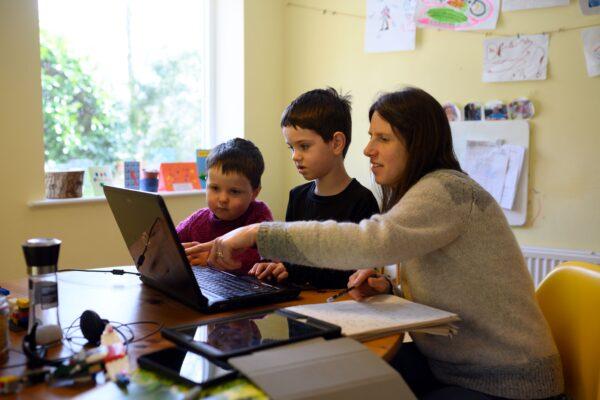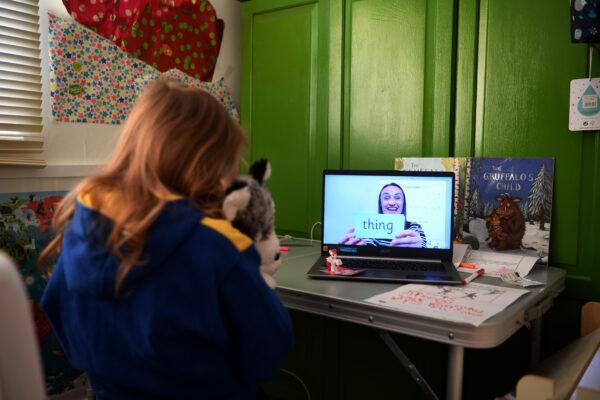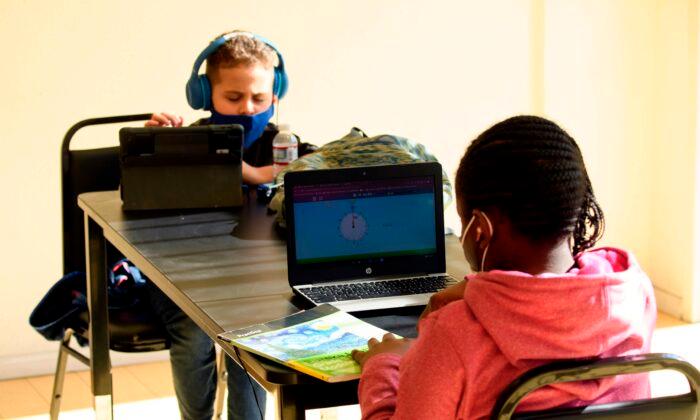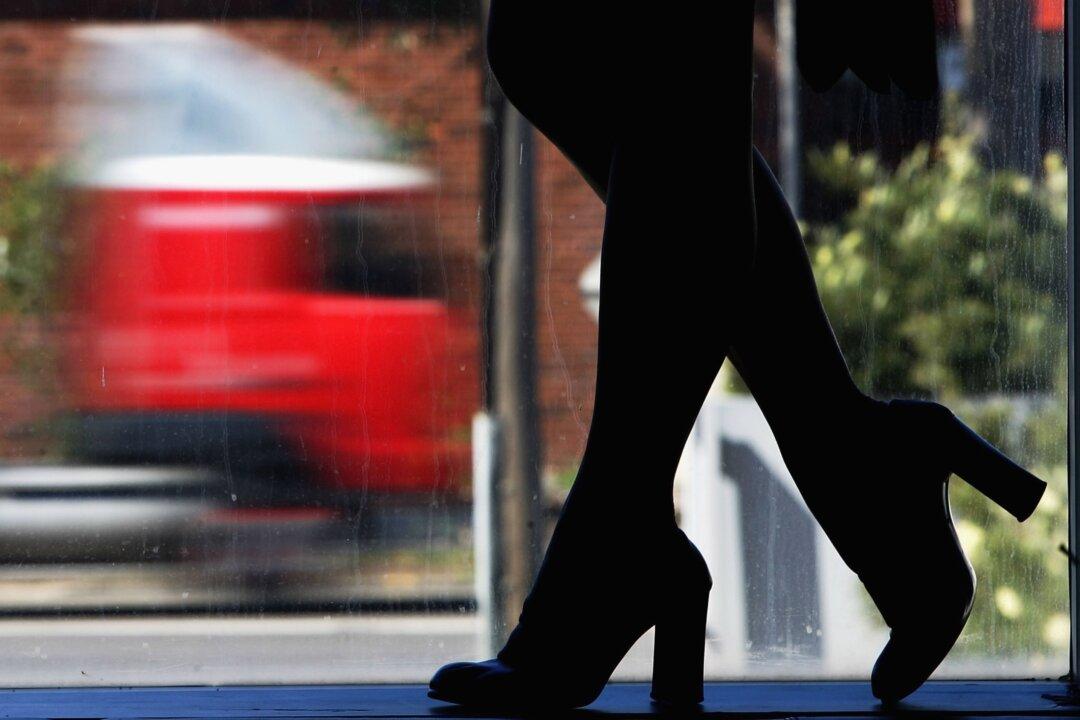Sixty percent of Australian children have watched harmful online content, including drug taking, suicide and violent sexual material unbeknownst to their parents, who did not know what their children were exposed to on the internet, a new study has found.
Julie Inman Grant, the commissioner of eSafety—Australia’s independent regulator for online safety, released research investigating the online risks facing children on Safer Internet Day (Feb. 8).
The study results revealed considerable gaps between the online harms parents were aware of and what their children had actually seen.
The researchers surveyed over 3,500 Australians from eight to 17 years old, and their parents during August and September 2021. The survey involved children’s cyber activities, and what parents knew and did not know about their children’s online experience.
The study also analysed digital parenting practices and their impacts on children’s internet use, and found that many parents did not have a complete view of how pervasive children’s negative online experiences are.
“I think that the worst thing here is that children are seeing sexual and violent sexual material and gory images,” Grant told ABC TV on Feb. 8.
“They’re coming across content about unhealthy eating and suicidal ideation and self-harm, and they’re not talking to their parents about it as much because it is stigmatising, and no child wants to get in trouble and have the Internet taken away.”

Grant said that 94 percent of Australian children had access to a digital device when they reached the age of four, and from that moment onward, parents had to be fully involved with their children’s cyber activities.
In addition, there is a need for digital parenting to evolve to adapt to children’s online lives as they grow up.
- Six in ten children had seen harmful content such as drug-taking, suicide, self-harm and unhealthy eating, gory images and violent sexual material, but only 40% of the parents were aware of the fact.
- Parents have limited knowledge of their children’s exposure to cyberbullying. While 70 percent of the children treated in a hurtful or nasty way on the internet informed their parents of the experience, only 51 percent of the parents responded that they were aware.
- Parents had better awareness of other forms of online harm. For example, they were more likely to know that their children had been asked to share sexual images of themselves. (11 percent of the teenagers reported having that experience, and 10 percent of the parents were aware).
“I suspect most parents would be pretty taken aback by these survey findings,” she said in a reply email to The Epoch Times.
“While there are filters and security settings that can help, the most important thing parents can do is to monitor your teens and keep talking to them.
“Talk about what they are doing online, how they are keeping themselves safe, and if they’ve seen anything disturbing.”
Rickard also stressed the importance of keeping the communication lines between parents and children open so that children could share with their parents what they had seen, and parents could discuss with children how to avoid negative online experiences.

Meanwhile, nearly all children participating in the survey took action when they had a negative online experience.
“Encouragingly, children are more knowledgeable and empowered to utilise online tools to block people, delete messages, change their privacy settings or report material to a website or social media platform,” Grant said.
ESafety has a range of educational resources, including a family tech agreement for five to eight-year-olds, which parents can download to assist with their digital parenting.
On getting help, Rickard suggested that parents could seek advice from experts after communicating with their children.
“A good place to start is the office of the e-Safety Commissioner,” she said.
“They have lots of up to date information for parents, webinars and advice services. It’s worth going back from time to time, as the information is continually updated.”





